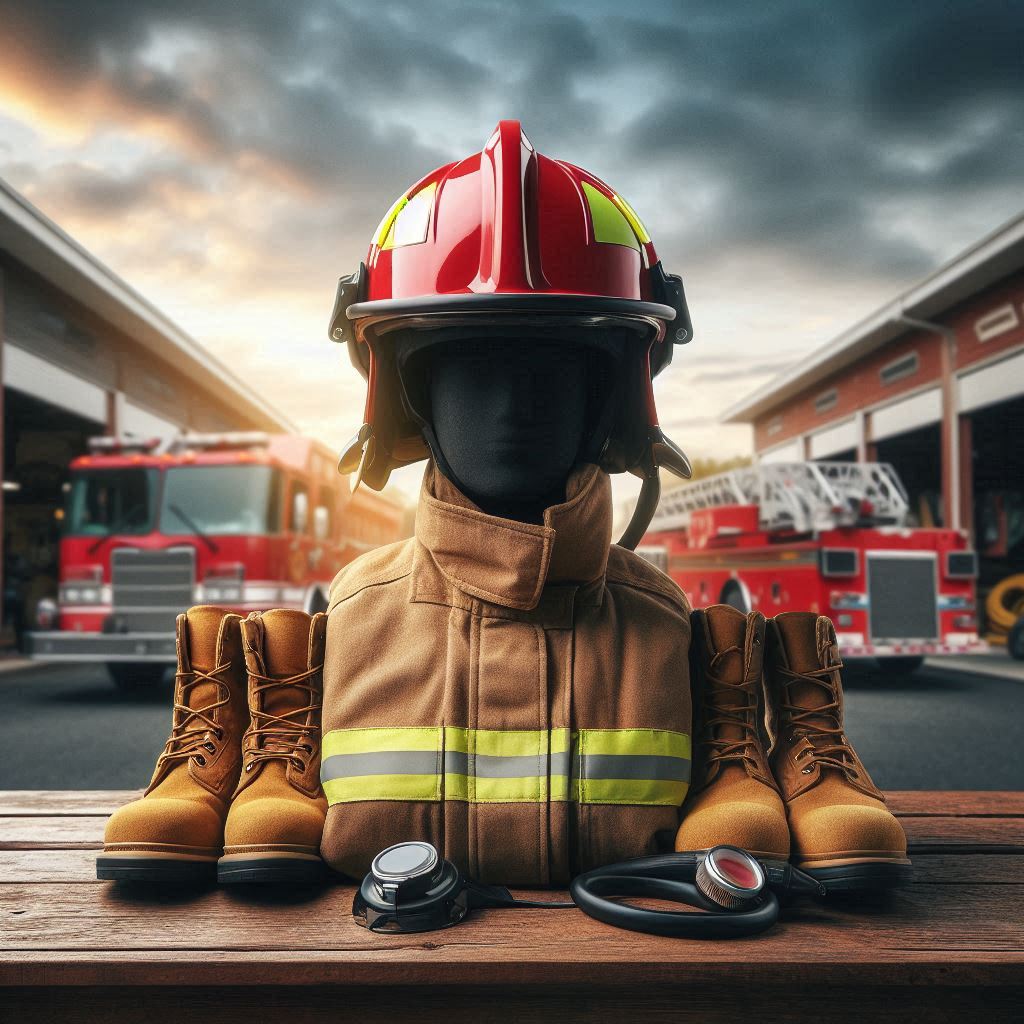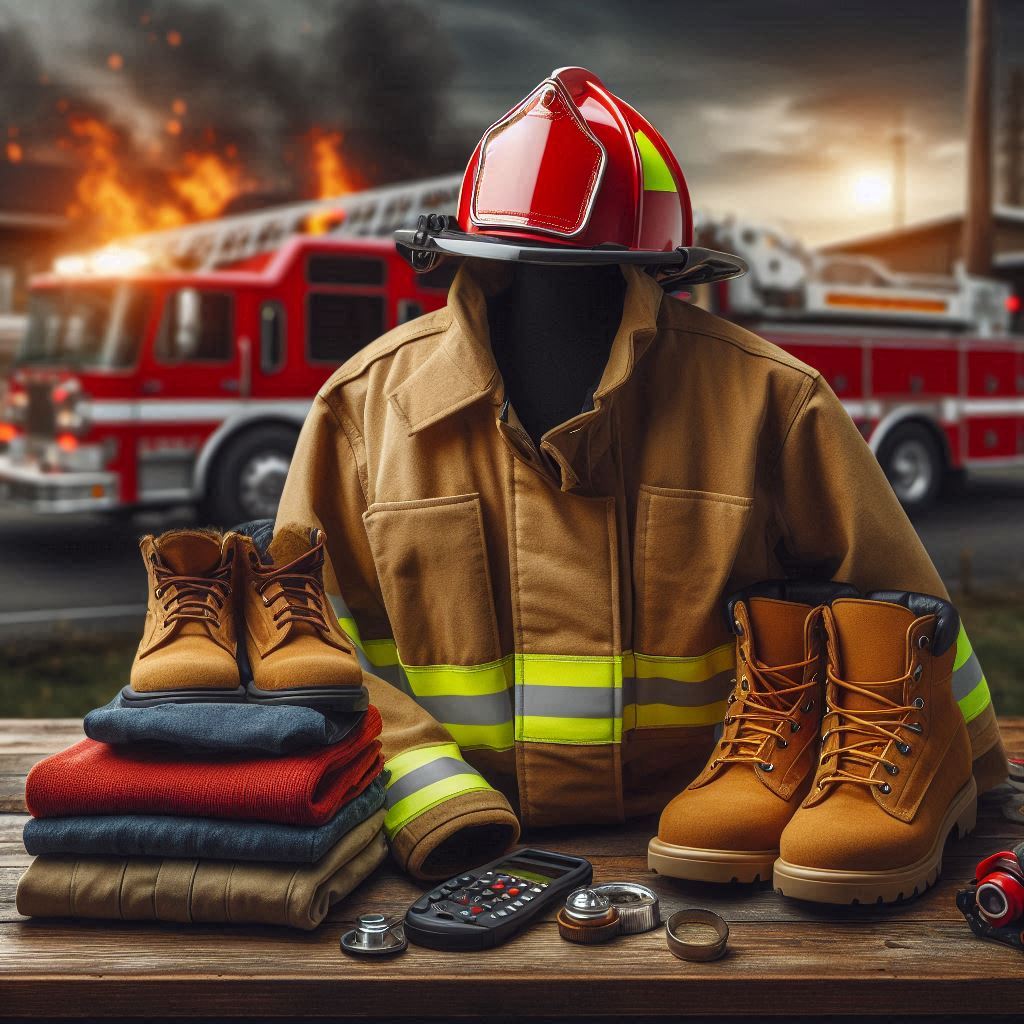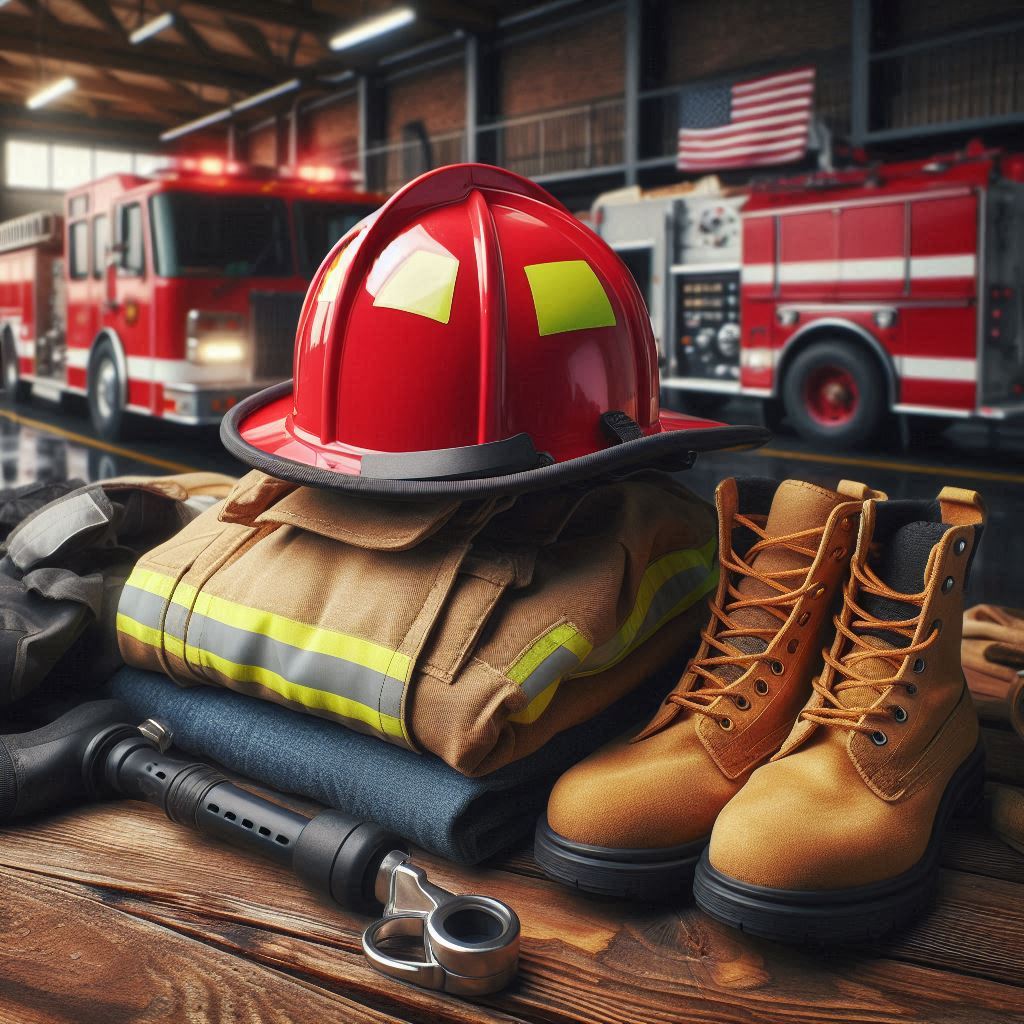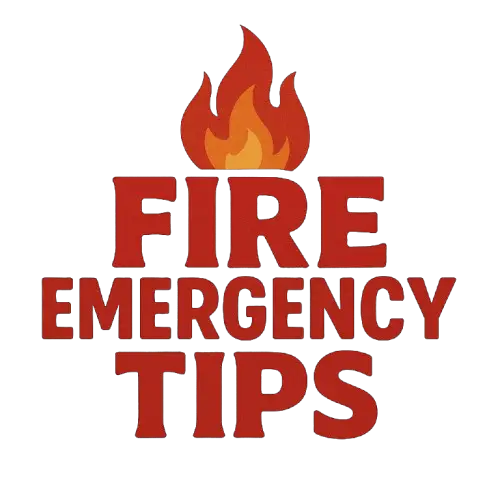
Firefighters are often seen as real-life heroes, bravely facing intense heat and flames to protect lives and property. Their iconic gear, known as Personal Protective Equipment (PPE) or turnout gear, is a crucial component of their safety arsenal. But is firefighter gear fireproof? In this article, we’ll delve into the intricacies of firefighter gear, exploring its design, materials, and capabilities to understand the level of fire resistance it provides. Additionally, we’ll address common questions about firefighter gear to enhance our understanding of these essential protective ensembles.
Understanding Firefighter Gear: An Overview

Components of Firefighter Gear:
Firefighter gear is a sophisticated ensemble, meticulously designed to safeguard against the hazards of firefighting. Key components include:
- Fire-Resistant Outer Shell:
- The outer layer of firefighter turnout gear is made from fire-resistant materials such as Nomex or Kevlar. These fabrics are known for their ability to withstand high temperatures without melting or igniting.
- Moisture Barrier:
- Beneath the outer shell, there is a moisture barrier that prevents water from entering the gear. This layer not only keeps firefighters dry but also acts as an additional shield against heat.
- Thermal Barrier:
- The thermal barrier, often made of a material like aramid, provides insulation against extreme temperatures. It helps to shield the firefighter from radiant heat and prevents the transfer of heat to the body.
- Inner Liner:
- The inner liner is typically made from moisture-wicking materials to keep the firefighter comfortable and minimize heat stress during prolonged exposure to high temperatures.
- Reflective Trim:
- Firefighter gear often features reflective trim, which not only enhances visibility in low-light conditions but is also designed to be flame-resistant.
- Helmet and Face Shield:
- The helmet and face shield are crucial components of the gear, protecting the firefighter’s head and face from falling debris, heat, and potential burns.
Materials Used in Firefighter Gear:
- Nomex: A flame-resistant meta-aramid material known for its durability and thermal stability.
- Kevlar: Offers high strength and heat resistance, commonly used in the outer shell of firefighter gear.
- Aramid Blends: Combining materials like Nomex and Kevlar to optimize both flame resistance and strength.
- PBI (Polybenzimidazole): Resistant to high temperatures, used in thermal barriers.
- Gore-Tex: Often used in moisture barriers for waterproof yet breathable properties.
Is Firefighter Gear Fireproof or Fire Resistant?
The term “fireproof” implies absolute immunity to fire, a quality that doesn’t exist. Firefighter gear, while incredibly effective, is not fireproof in the literal sense. Instead, it is fire-resistant. This distinction is crucial to understand the gear’s capabilities and limitations.
Fire-Resistant Characteristics:
- High Ignition Point: The materials used in firefighter gear have high ignition points, meaning they withstand elevated temperatures before undergoing combustion.
- Self-Extinguishing: Fire-resistant materials are designed to self-extinguish once the source of heat is removed, preventing sustained combustion.
Limitations:
- Extreme Conditions: In extreme conditions, such as flashovers or direct exposure to intense flames, firefighter gear may face limitations in providing complete protection.
- Duration of Exposure: Prolonged exposure to high temperatures can compromise the effectiveness of the gear over time.

Importance of Fire-Resistant Gear:
While not fireproof, the fire-resistant nature of firefighter gear is paramount for several reasons:
- Heat and Flame Protection: The gear provides a critical barrier against the intense heat and flames encountered in firefighting scenarios.
- Reduced Injury Risk: Fire-resistant materials significantly reduce the risk of burns and injuries, enhancing the safety of firefighters.
- Heat Stress Mitigation: The gear’s design considers comfort and breathability, minimizing heat stress during prolonged use.
FAQs About Firefighter Gear
1. Q: Can firefighter gear withstand any temperature?
- A: While designed for high-temperature environments, there are limits. Prolonged exposure to extreme temperatures can impact the gear’s effectiveness.
2. Q: Is firefighter gear resistant to all types of fire?
- A: Firefighter gear is designed to resist ordinary combustibles, flammable liquids, electrical fires, and more. However, no gear is universally resistant to all types of fire.
3. Q: How often is firefighter gear replaced or upgraded?
- A: Regular inspections and adherence to safety standards guide the replacement or upgrading of firefighter gear. Factors include wear and tear, exposure to chemicals, and compliance with evolving safety regulations.
4. Q: Can firefighter gear catch fire under certain conditions?
- A: Firefighter gear is designed to resist catching fire, but extreme conditions may pose risks. The gear’s flame-resistant properties aim to prevent sustained combustion.
5. Q: Do different departments use the same type of gear?
- A: Fire departments may choose gear based on their specific needs and budget considerations. However, adherence to safety standards ensures a baseline level of protection.
Conclusion: The Vital Role of Firefighter Gear
In conclusion, while firefighter gear is not fireproof, its fire-resistant characteristics are fundamental for the safety and effectiveness of firefighters. The meticulous design and use of advanced materials contribute to reducing the risks associated with firefighting. Understanding the nuances of firefighter gear is essential for both firefighters and the public, fostering a deeper appreciation for the challenges faced and the measures taken to ensure the safety of those who dedicate their lives to protecting others.
